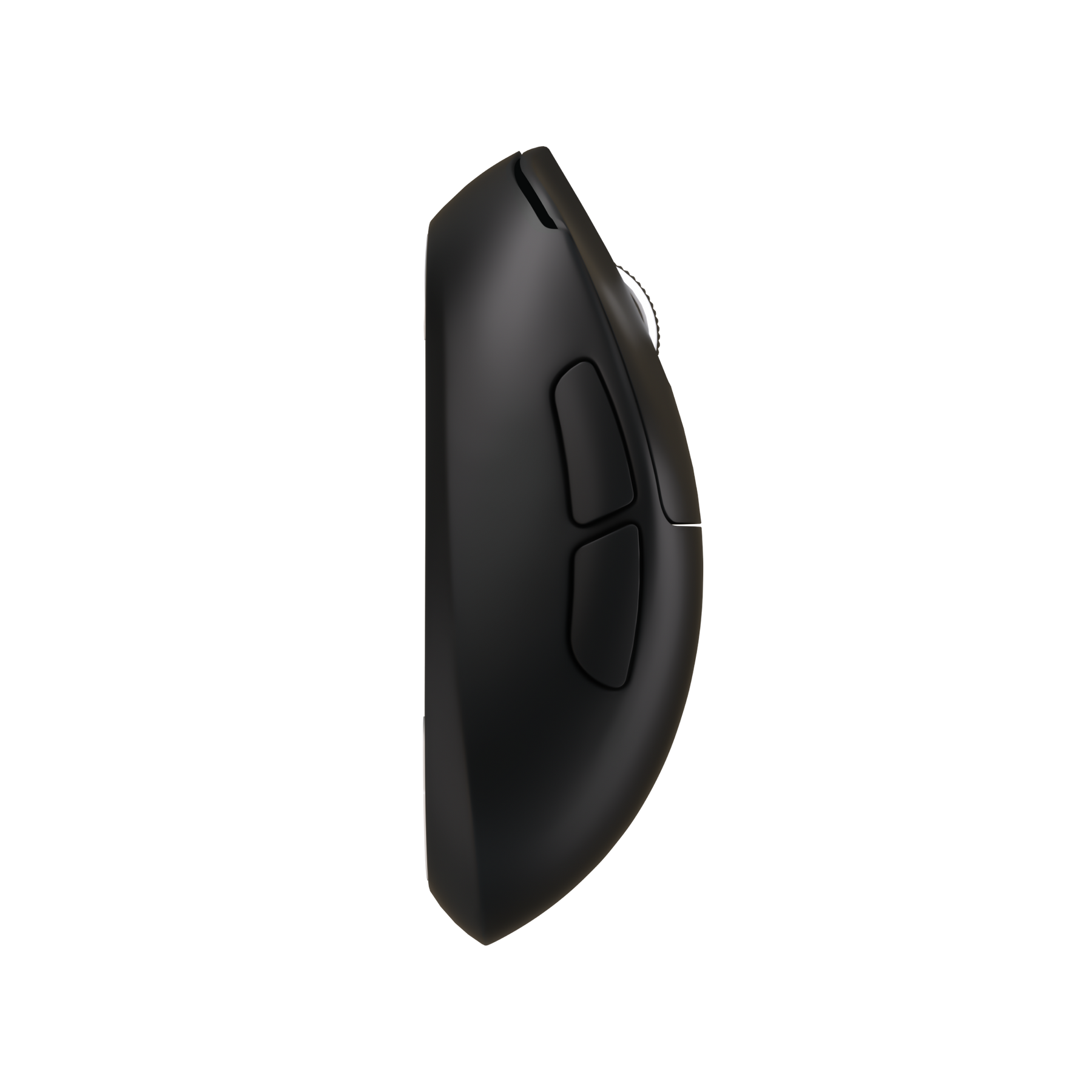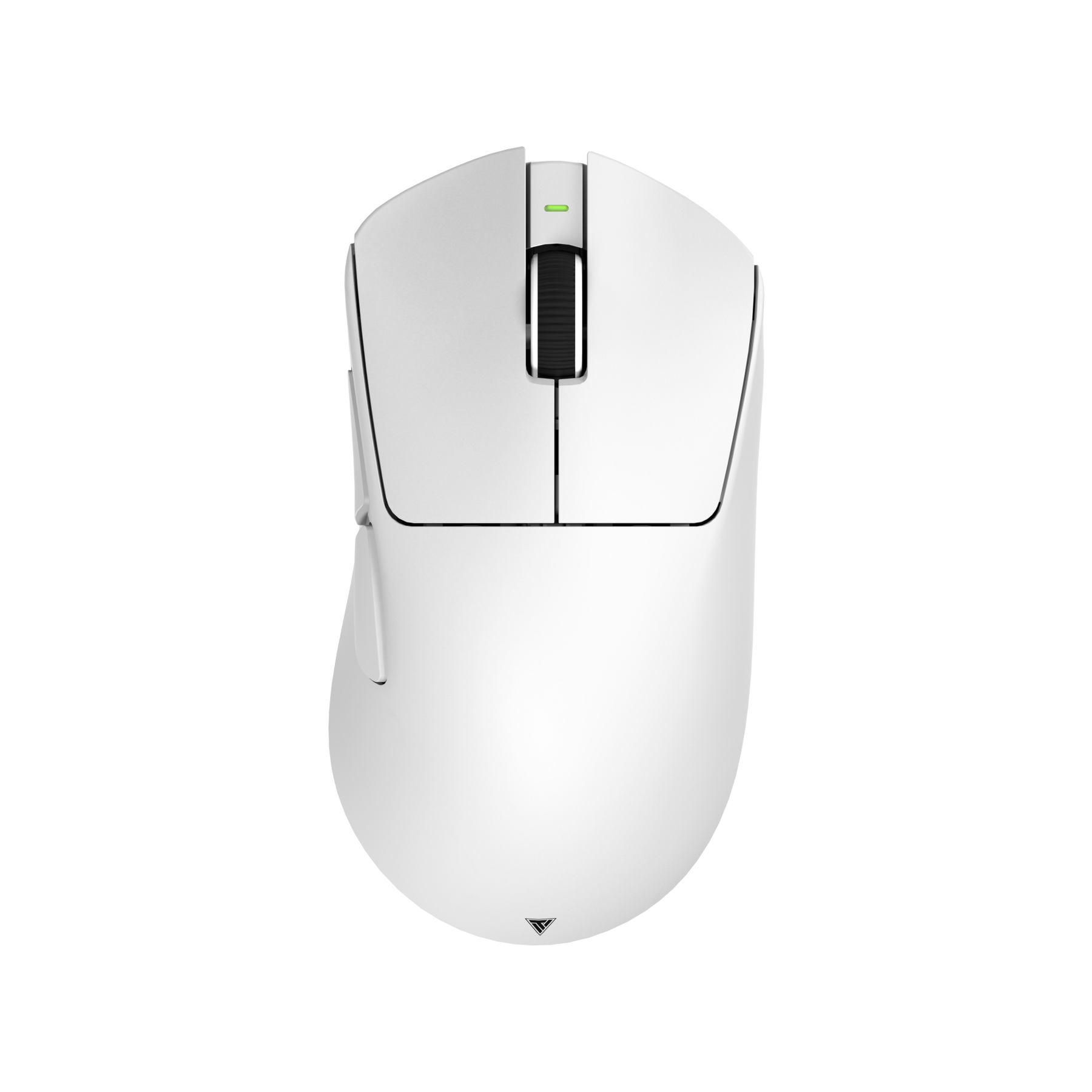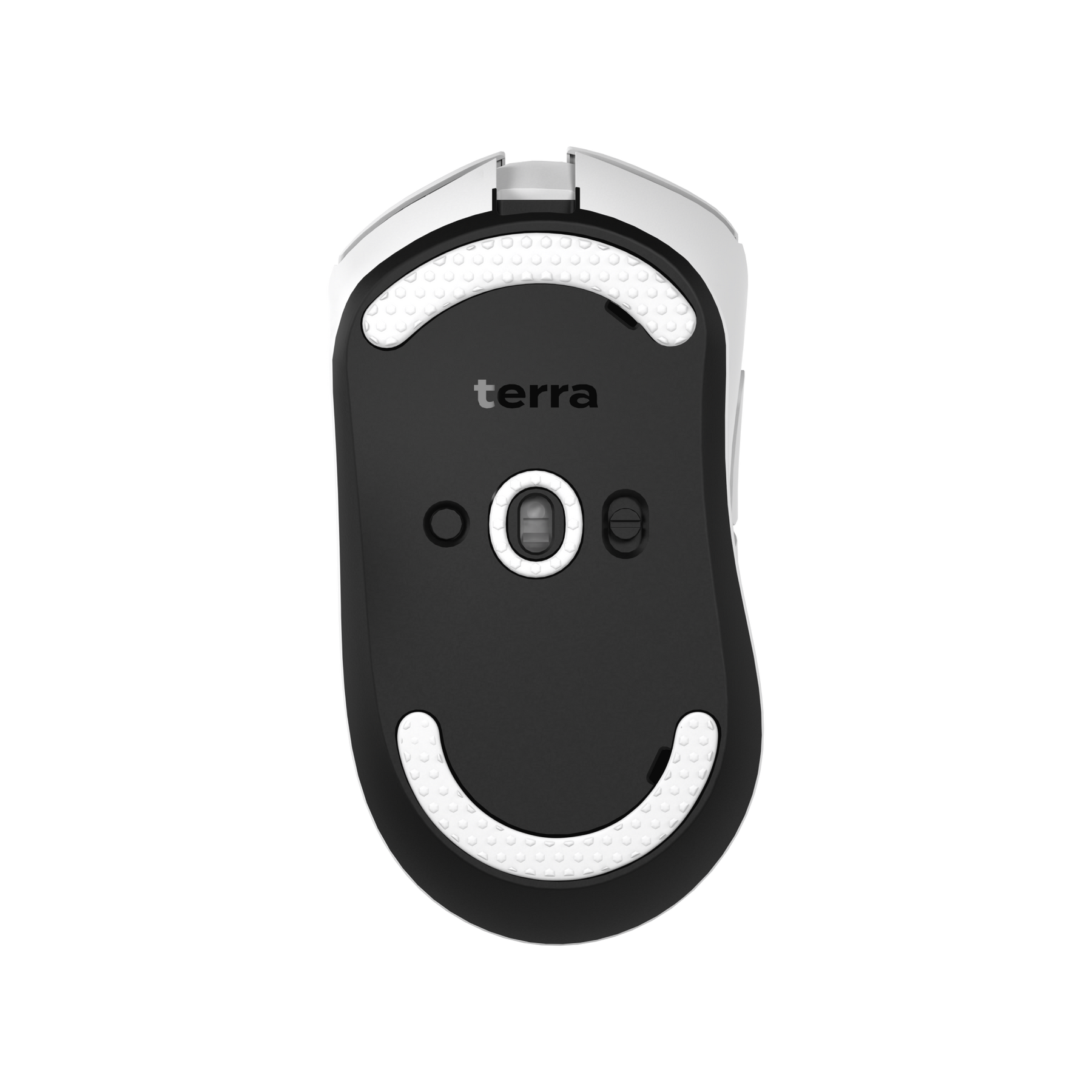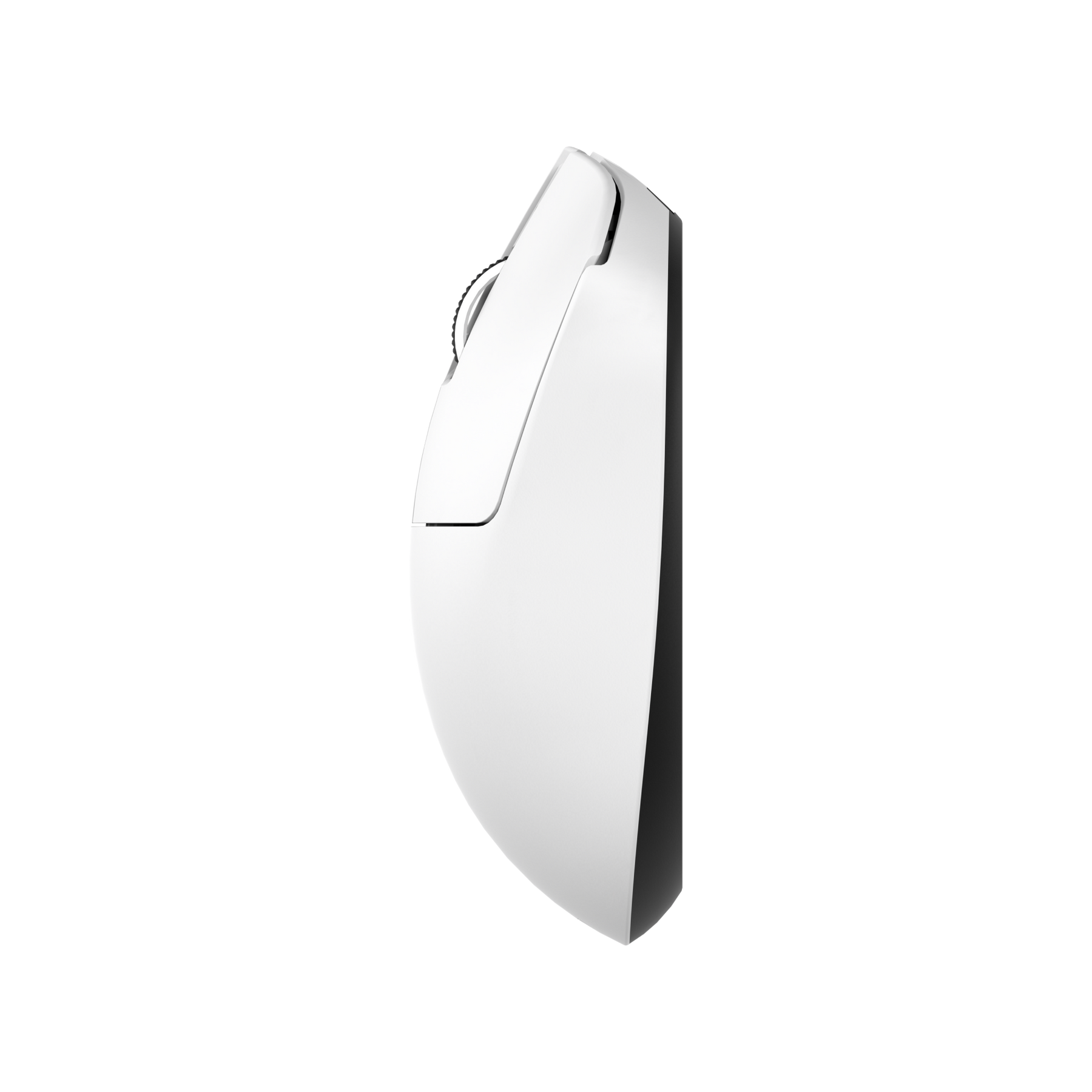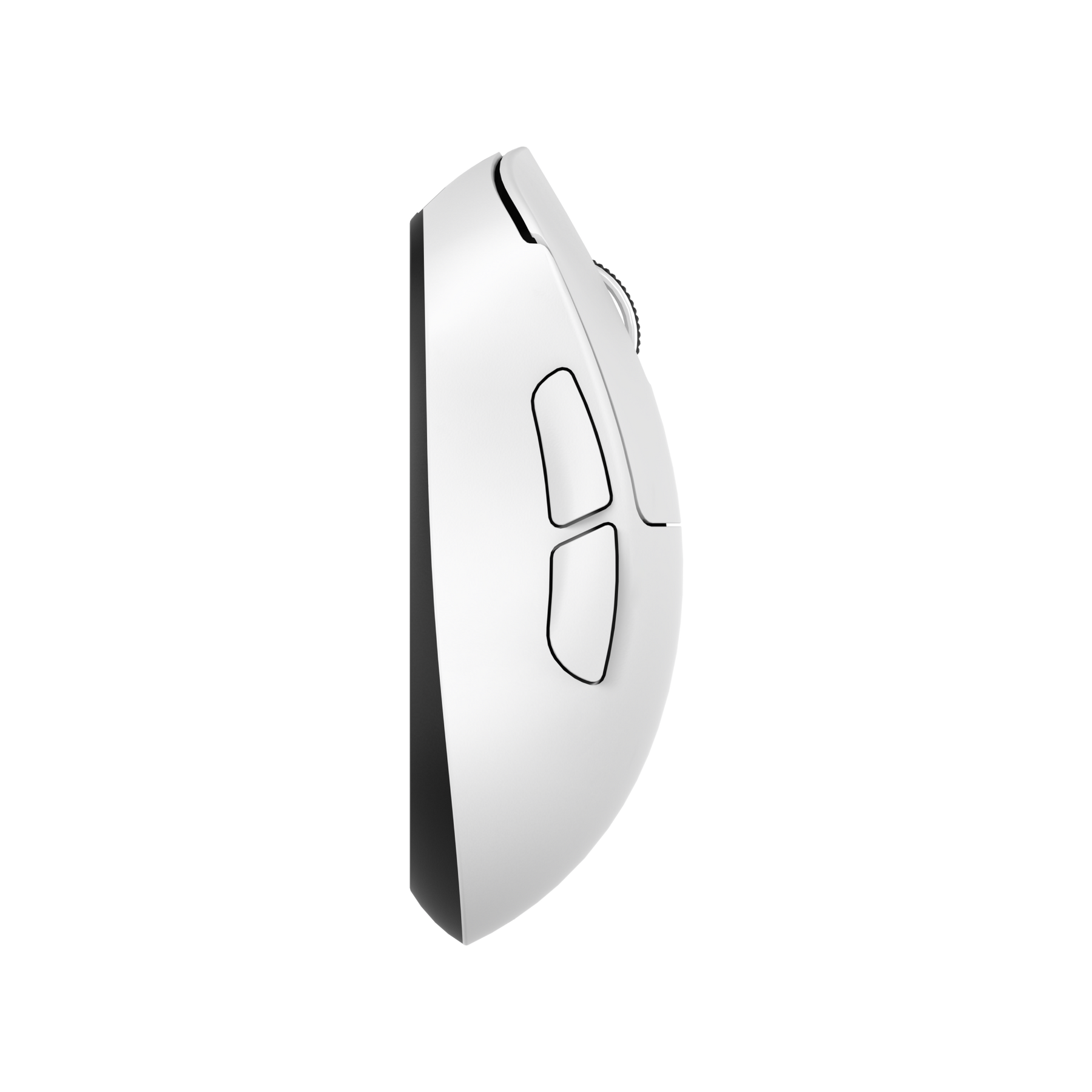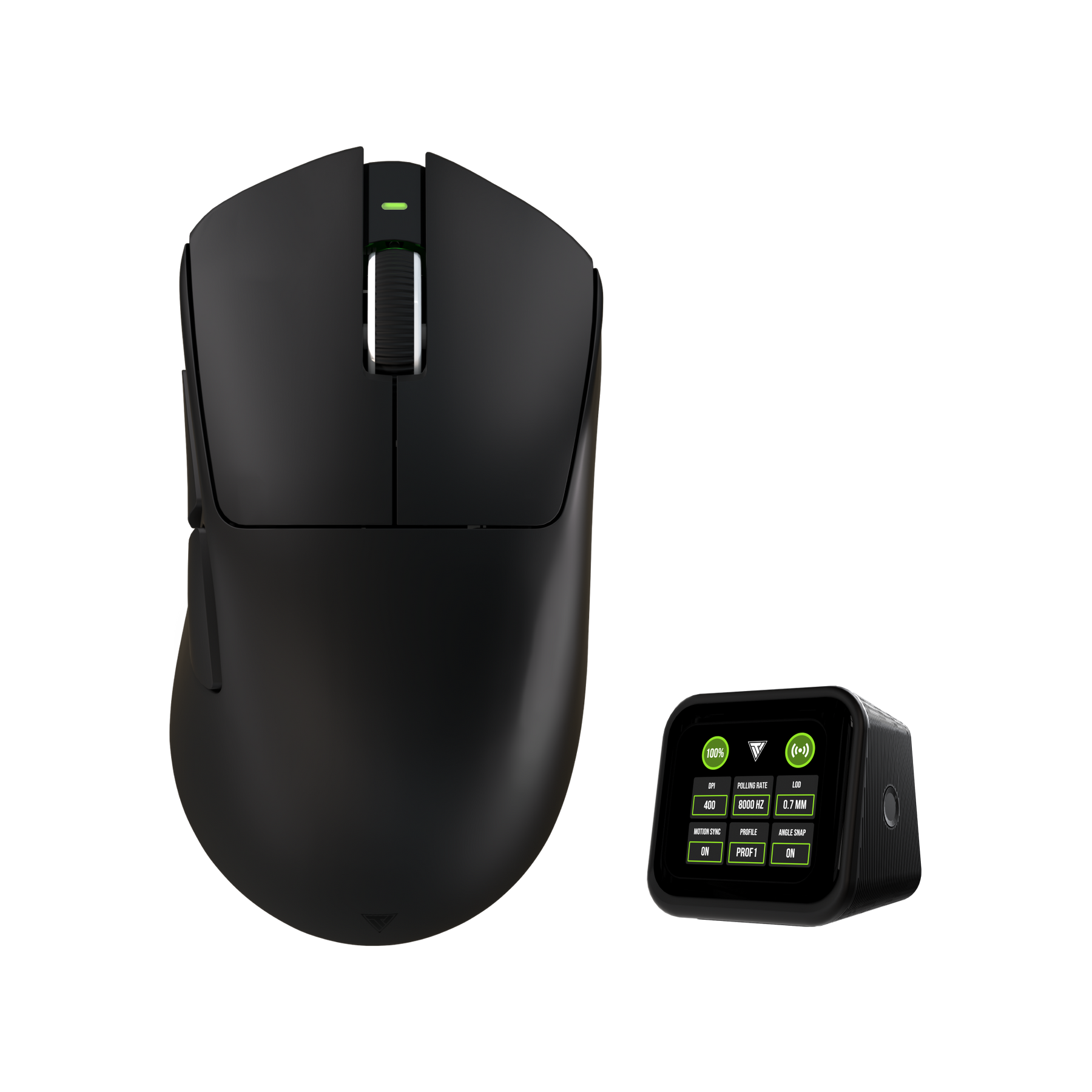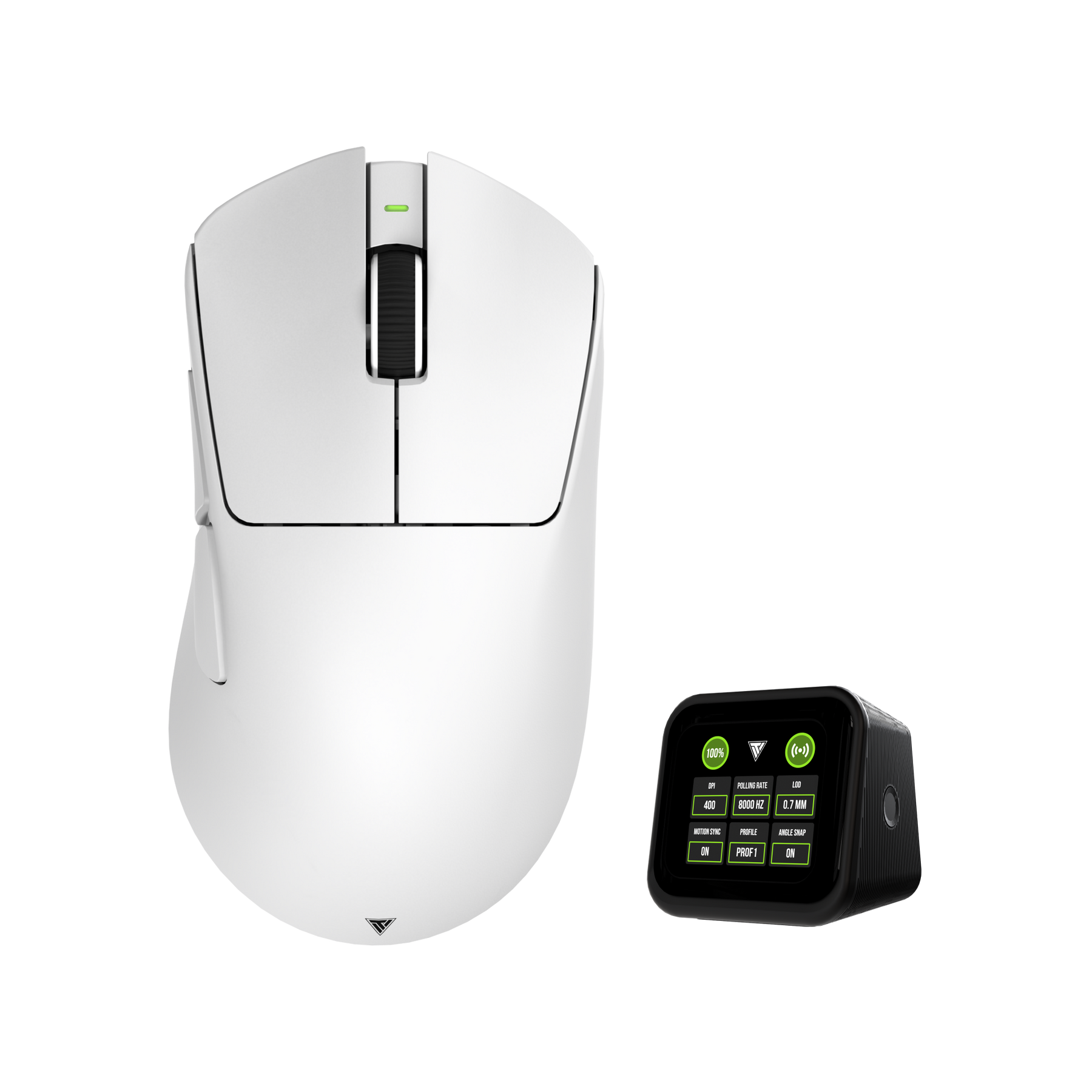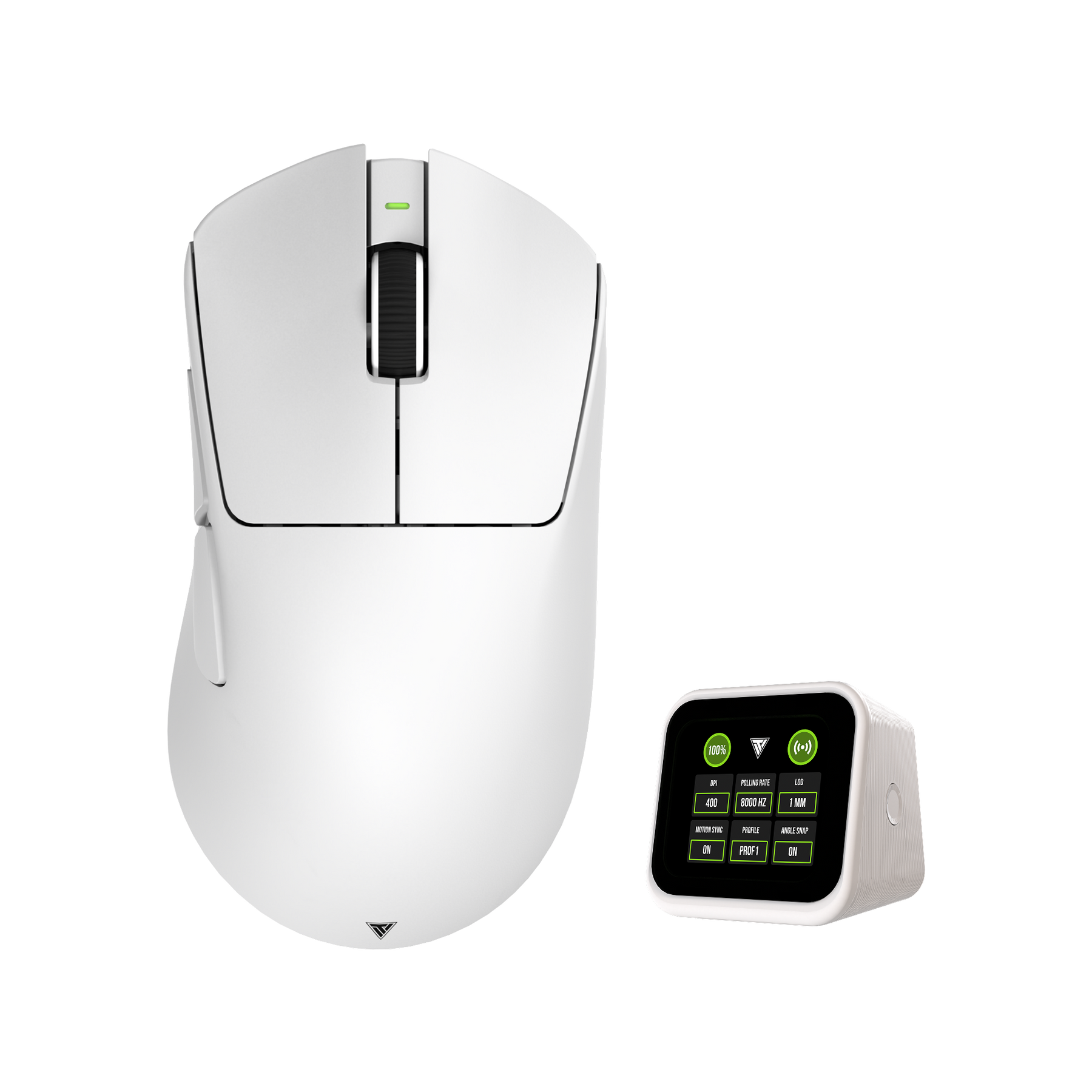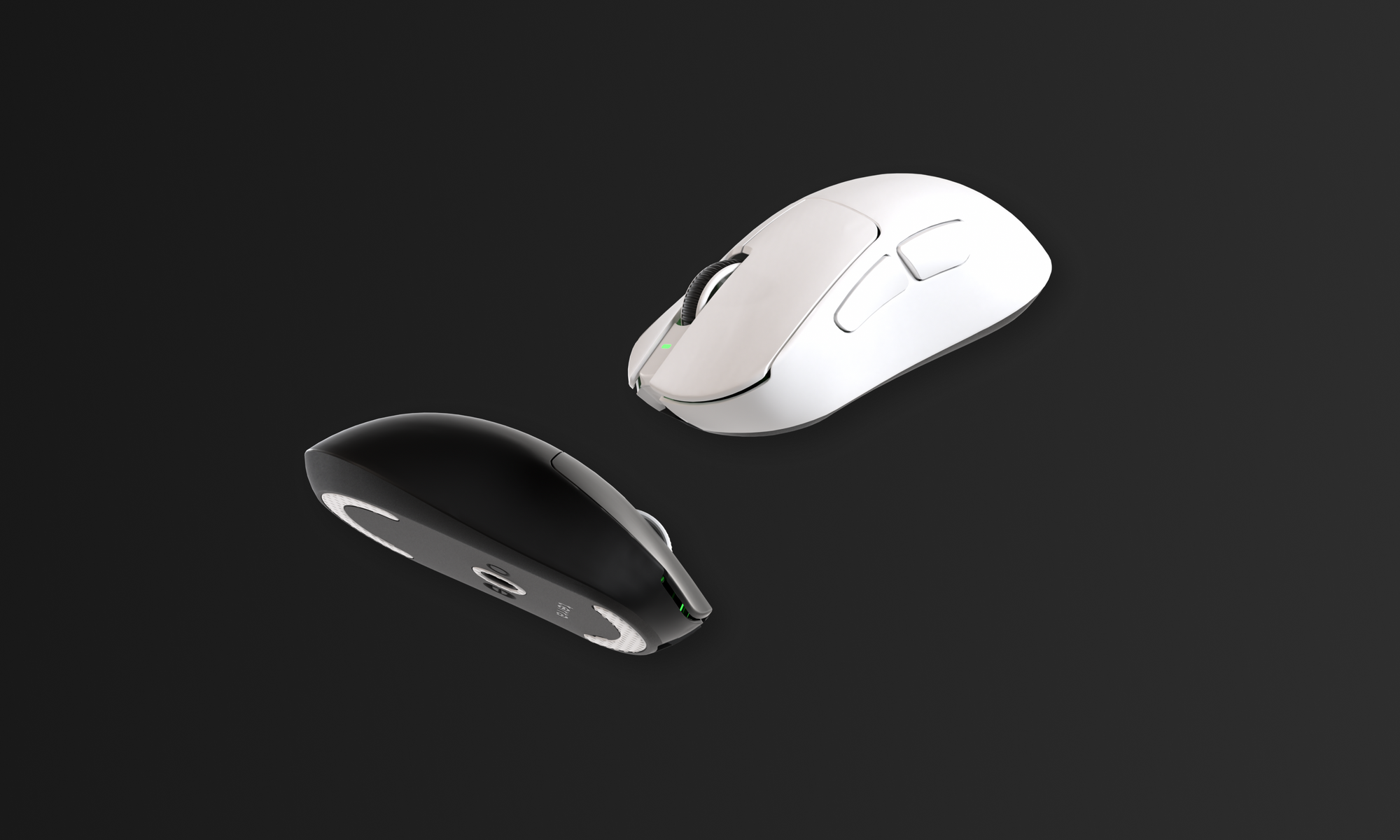Symmetrical vs Asymmetrical Mouse: Which Design Fits Your Grip?
When it comes to choosing the perfect mouse, shape matters as much as sensor performance. Gamers, workers, and ergonomic enthusiasts often debate symmetrical vs asymmetrical mouse designs, but which one truly fits your hand and grip style? The right mouse can enhance precision, reduce wrist strain, and improve comfort during long hours of work or intense gaming sessions.
In this article, we’ll break down the differences between symmetrical (ambidextrous) mice and asymmetrical (ergonomic) mice, explore how your grip style impacts performance, and highlight the best options for 2025. Whether you’re a fingertip grip speedster, a claw grip strategist, or a palm grip comfort seeker, understanding these designs will help you make an informed choice, and elevate both your gaming and productivity experience.
Symmetrical Mice
Symmetrical mice, often called ambidextrous mice, are designed with a balanced shape that mirrors itself on both sides. This makes them comfortable for both left and right-handed users, as well as versatile for different grip styles. Their lightweight and uniform design makes them a strong choice for users who value agility, speed, and precision.
Because they don’t favor one side of the hand, symmetrical mice allow for flexible grip styles, especially fingertip and claw grips. Fingertip grip users benefit from quick, controlled movements, while claw grip users enjoy a balance of speed and control. While these mice are excellent for rapid clicking and swift cursor movements, their flat and neutral shape offers less long- term support for the palm and wrist during extended use. This makes them ideal for gamers or users who prioritize agility and accuracy over prolonged comfort.
Asymmetrical Mice
Asymmetrical mice, often referred to as ergonomic mice, are sculpted to follow the natural curves of the hand and wrist, usually favoring right-handed users. The contours of these mice are designed to encourage a neutral wrist posture, which reduces strain on the hand and forearm during long hours at a desk or during extended gaming sessions. Unlike symmetrical mice, asymmetrical mice are typically larger and slightly heavier, which helps support the palm fully, giving the hand a more relaxed and stable position.
One of the best options for an ergonomic mouse in 2025 is the Teevolution Terra Pro. Combining ergonomic sculpting with a lightweight build (49 g), it is one of the ideal mouse for palm grip users, while claw grip users can also benefit from its balanced shape. The added ergonomic support helps minimize fatigue and prevent discomfort. It also reduces the risk of repetitive strain injuries, making asymmetrical mice a preferred choice for office workers, streamers, or anyone spending long periods at the computer.
| Feature | Symmetrical (Ambidextrous) | Asymmetrical (Ergonomic) |
|---|---|---|
| Design | Identical left and right sides | Sculpted to fit natural hand curve |
| Users | Suitable for both left- and right-handed users | Typically designed for right-handed users |
| Grip Compatibility | Best for fingertip & claw grips | Best for palm grip, also supports claw |
| Weight | Usually lighter, agile | Slightly heavier, supportive |
| Primary Advantage | Speed, precision, versatility | Comfort, wrist support, reduced strain |
Finding the Right Mouse Shape for Your Grip Style
Choosing the right mouse goes beyond just picking a design you like, it requires considering your hand size, grip style, and how you intend to use it. If you’re unsure about your grip style, you can check out our detailed guide on identifying your grip style in this article, which walks through fingertip, claw, and palm grips to help you determine which type fits you best.
Once you know your grip, think about your usage scenarios. Competitive gamers may prioritize speed, precision, and lightweight design, which often makes a symmetrical mouse ideal. Office workers or users who spend long hours at a desk should consider ergonomic, asymmetrical designs to reduce wrist strain and fatigue. Some mice, like the Teevolution Terra Pro, strike a balance by offering ergonomic comfort without compromising responsiveness, making them versatile for both gaming and productivity.
Finally, testing different models before committing to a purchase is key. If possible, try going around stores or use demo units to evaluate comfort, button placement, weight, and responsiveness. Everyone’s hand and preferences are unique, so first-hand experience is the most reliable way to ensure the mouse you choose fits perfectly. Prioritizing ergonomics over aesthetics or brand can make a significant difference in performance and comfort. Take your time to explore different designs and choose the mouse that aligns with your unique preferences.




